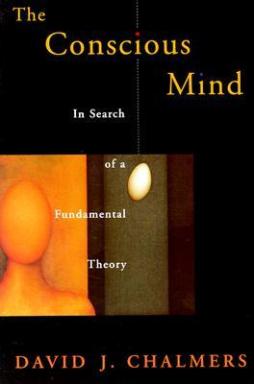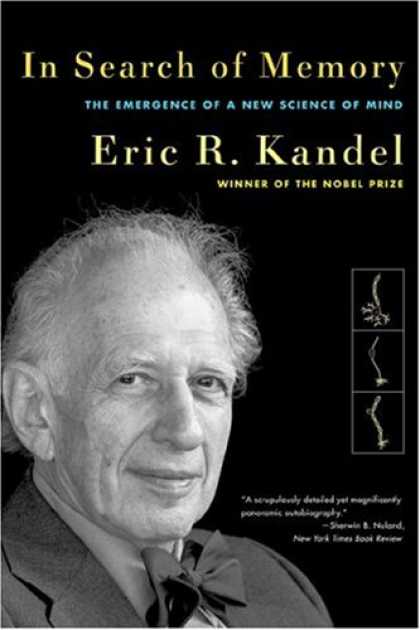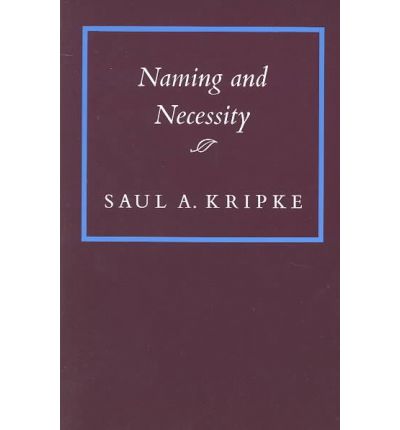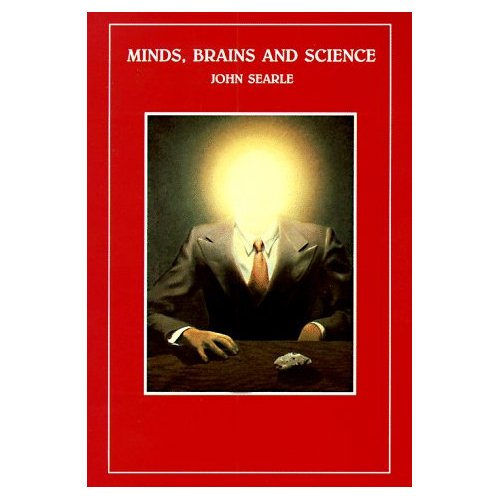
David Chalmers’ The Conscious Mind is an interesting turn in the search for a fundamental theory of mind. It may come as a surprise that a fundamentally dualist approach underlies a current, academic theory. That said, this book, as has been noted elsewhere, can be divided into two more or less self-contained sections. The first section offers a firm refutation of the reductive materialistic approach that seems to dominate the field. The second section represents Chalmers’ attempt to propose his own foundations for a new theory that does not rely on the false assumptions of reductive materialism.
The first section relies on five key arguments, two of which I will comment on here.
The first of these is the (in)famous argument from philosophical zombies. This argument is based on a thought-experiment in which one conceives of an identical copy of a human being, except that this copy does not actually experience anything. That is, there is nothing that it is like to be this copy. From the outside, it certainly appears conscious, and would even say that it is conscious upon inquiry; nonetheless, it would lack anything that would recognizably be a conscious mind from the first-person. The point about this argument, that is often overlooked, I believe, is that it only seeks to refute logical supervenience, not the more familiar natural supervenience. Logical supervienence suggests that a higher-level property is fully entailed by lower-level properties. Natural supervenience suggests merely a lawful connection between lower-level properties and higher-level properties. In another way, logical supervenience implies that, given the lower-level facts, the higher-level facts could not have been any other way, in any possible world. Natural supervenience, on the other hand, leaves this possibility open. For example, it is perfectly reasonable to assert that the law of gravity could have been different from what it is. In another possible world, with all the same physical facts, an object on an equivalent earth might accelerate in free fall at 15 meters per second squared, instead of 9.8 meters per second squared, as it would on our earth. The full force of this argument, then, only says that the physical facts alone do not explain conscious experience, there are further fundamental laws that we need to call upon (laws that Chalmers later calls “psychophysical”). This argument alone can be seen as a sufficient refutation of reductive materialism, since the latter does not assert any further fundamental laws.
The second argument, which I personally find more indicative of the problem, comes from asymmetric epistemology, which I have previously remarked on in altered form. At its most simple, this argument relies on the fundamental difference between physical and phenomenal explanation: that the former is done in the third-person, while the latter is done in the first-person. Even if we knew all the physical facts about the universe, we would not be in a position to postulate experiences being associated with any objects. We could certainly claim that some organisms claimed to be conscious, but this would be indirect evidence at best. This, I think, is the most fundamental argument against reductive materialism because, as I’ve asked before, given this asymmetry, why would we ever expect a materialistic account to reveal consciousness to us?
Now, on to the second part. This part concerns itself with the construction of a theory of consciousness that is free of the influence of materialism. At its heart, this theory differs insofar that it postulates phenomenal experience as a fundamental concept, much as mass-energy and space-time are fundamental in the physical sciences. However, Chalmers tries to distance this view from panpsychism, which states that everything is conscious (however, he later admits that this possibility is not too unreasonable, or even unlikely). The most individuating idea presented is his principle of organizational invariance, which states that any copy of a conscious being, with the same abstract causal structure, will have qualitatively identical phenomenal experiences. In short, his theory could be seen as a sort of non-reductive functionalism that relies on experience as a fundamental. Experience is ubiquitous, then, but only as long as the appropriate causal relations are in place. What counts as appropriate causal relations remains to be seen.
The remainder of the second part is less convincing, but is useful nonetheless as an intellectual enterprise. That said, his treatment of the interpretation of quantum physics leaves much to be desired.
All in all, this book was more than worth the time I invested in it. Even if his theories turn out to be false, they will be no less pivotal in our quest for understanding one of the most puzzling, mysterious, and all around frustrating aspects of life. As Chalmers himself states from the outset, “If some ideas in this book are useful to others in constructing a better theory, the attempt will have been worthwhile.” As for me, I think that his sentiment has been affirmed.
Five out of five stars, recommended to any and all who seek a better understanding of their conscious experiences.





